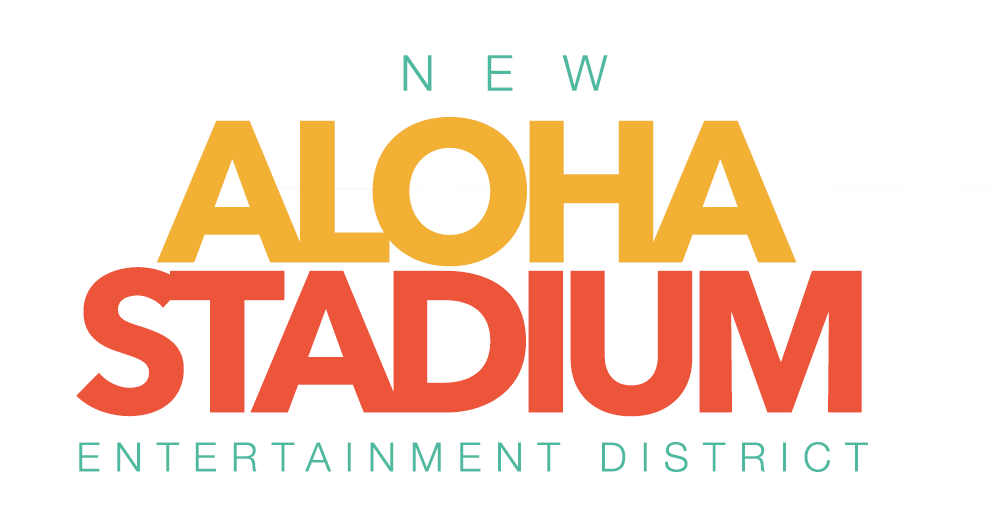Honolulu Star-Advertiser
Sports
By Dave Reardon
June 18, 2021
Updated 10:22 a.m.
Top officials from professional soccer and rugby leagues are looking into starting teams in Hawaii when the new Aloha Stadium opens.
Dan Holman, vice president for United Soccer League, and George Killebrew, commissioner of Major League Rugby, are in preliminary discussions with stadium officials and developers of the new facility.
The original Aloha Stadium is scheduled for demolition next year. Its replacement at the same Halawa location will be the centerpiece of the New Aloha Stadium Entertainment District. When it will be ready for games has not yet been determined.
USL Championship, the highest competition level of several USL entities, has 31 teams. About a third of them are affiliated with MLS franchises, Holman said. The league has been in existence since 2010. It has a contract with ESPN due for renegotiation next year.
“Every game is streamed on ESPN+, and 20 games this season are on ESPN linear channels,” said Holman, whose official title is vice president, club expansion and real estate for USL.
Attendance for USLC games varies, with top teams averaging more spectators per match than some total for their 17 home matches.
According to numbers from 2019, Isotopes Park in New Mexico (New Mexico United) drew an average of 12,693 spectators to the 13,500-seat facility. On the other end, Subaru Park in Pennsylvania (Bethlehem Steel FC) drew a season total of 8,127 spectators for an average of 478 per match.
Riccardo Silva Stadium in Miami, home of the Miami FC, is the the league’s largest with 20,000. The new Aloha Stadium will seat 35,000 (down from 50,000 for the original Aloha Stadium).
The USLC season runs from March to November, about a three-month overlap with football season.
“FC Cincinnati shared its stadium with a Division I college football program,” Holman said. “We schedule whatever is best for the market.”
Kapolei product Shandon Hopeau plays for the USLC’s San Antonio team. He is on loan from the Seattle Sounders of Major League Soccer.
“USL is not minor league soccer,” Holman said. “You could say it’s lower (than MLS), but we don’t see our markets as minor cities. In terms of attendance, the league has grown rapidly. Every new team or club that comes in elevates the league and we have to make sure they come in at a high level.”
Hawaii was home to a pro soccer team once before, 1977 in the North American Soccer League. Team Hawaii went 11-15 and moved to Tulsa after one season, citing low attendance and travel expenses.
“It helps to have a newer stadium, obviously. And we understand we can be a catalyst, for people to stay around before and after,” Holman said. “Ultimately, soccer continues to gain in popularity, and this is a very investable league,” Holman said. “We pride ourselves on being a community-first league.”
Major League Rugby was founded in 2017 and has 12 teams. In 2019 average attendance was 2,133 per match. The largest capacity facility was Dell Diamond Stadium, which can hold 11,500.
MLR has several TV partners, and its championship match is broadcast in prime time on CBS.
A group that tried to bring a team to Hawaii last year came up short, but Killebrew, who was born and raised in Hawaii, sees great potential for a team in the islands.
“It’s very much a growing sport, and we’re the only pro rugby league in the U.S. We hope to add one or two teams a year,” Killebrew said. “Hawaii is a very unique opportunity.”
Former Farrington and University of Hawaii football player Lance Williams plays flanker for the Utah Warriors of the MLR.
“Rugby is looking at (Hawaii) as an investment for the future. The game is already popular throughout the Pacific and it’s growing in Japan, so it makes sense that they step their toe in the Pacific Ocean,” said NASED proponent and state Sen. Glenn Wakai (D, Kalihi-Pearl Harbor). “I think the fact that we have interest from leagues is very positive. When we look at stadium activities in the past everything was a one-off. Now, Major League Rugby and USL, that’s really laying a foundation for fan development and a steady, dedicated revenue stream.”
READ FULL ARTICLE HERE.

